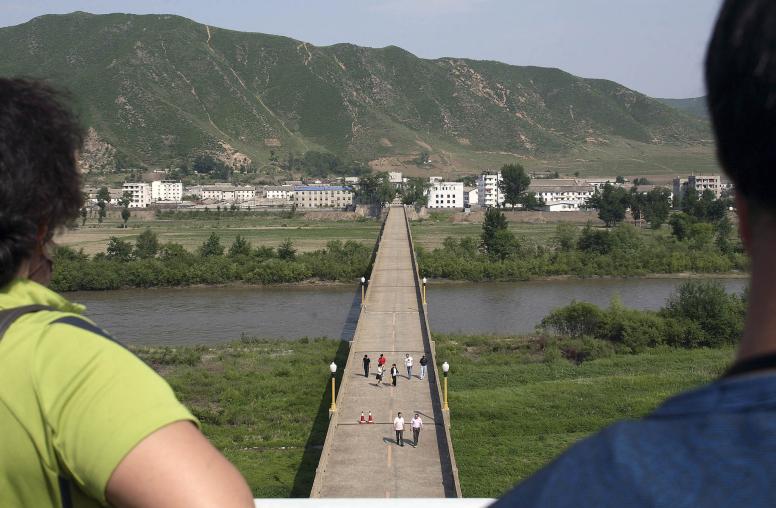North Korea Conducts Nuclear Blast
North Korea on February 12 conducted a third nuclear test blast, drawing immediate global condemnation. USIP has several recent resources discussing the North's proliferation activities.

North Korea today (February 12) conducted its third nuclear test explosion, a long-anticipated move that prompted immediate global condemnation and runs afoul of United Nations Security Council resolutions. The test blast was the first during the rule of North Korean leader Kim Jong-un, a son of the previous leader Kim Jong-il. Previous tests were conducted in 2006 and 2009, and the North said today that the new test produced "greater explosive force" and relied on a miniaturized nuclear device. Analysts are watching closely for signs that North Korea is making progress toward a lighter, smaller nuclear device that could be mounted on a long-range ballistic missile. In December, North Korea conducted what was seen as a successful ballistic rocket launch. That move also led to U.N. Security Council sanctions and condemnation.
The North is locked in a years-long diplomatic standoff with several other countries, including the United States, over its defiant nuclear program. Six-party nuclear talks that earlier considered the North's denuclearization in return for economic and diplomatic incentives are currently dormant.
President Barack Obama called the new test "highly provocative" and urged additional international sanctions. The U.N. Security Council is to meet on Tuesday in an emergency meeting to discuss the North Korean action.
Explore Further
USIP has several recent resources that examine North Korean weapons proliferation.
- One looks at challenges to the global nuclear nonproliferation system on the website's "2013 sleeper risks" series.
- A recent Olive Branch blog looks at North Korea's pattern of threats.
- An "On the Issues" by Michael Lekson, an arms control expert and the director of gaming for USIP's Academy for International Conflict Management and Peacebuilding, examines the recent North Korean missile test and related issues.
- And a new book on IAEA verification efforts.



